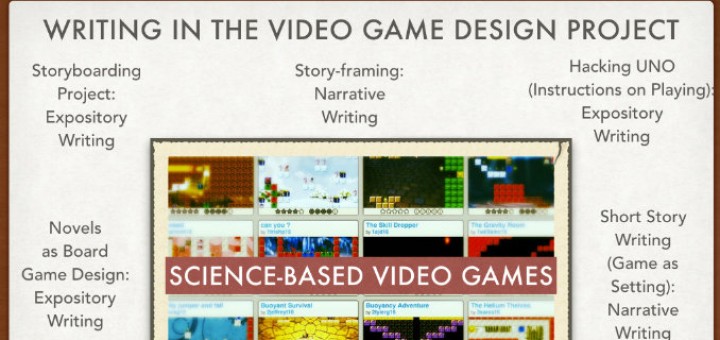Teaching and learning in grades 4-8
Gary McGuey and Lonnie Moore augment their concisely presented steps to becoming an inspirational teacher with reflection prompts, questionnaires, and vignettes. Somewhat to her surprise, veteran educator Nancy Chodoroff found herself nodding in agreement throughout the book.
To move from a classroom culture of grading to one of feedback, teachers first need to help students learn to critique each other in non-threatening ways. Popular author and 6th grade teacher Bill Ferriter suggests emphasizing observation, not evaluation.
STEM expert Anne Jolly takes a close look at the many well-funded STEM components found in ESSA, the new federal education act, and urges educators to remain true to the project learning and engineering elements that characterize authentic STEM curriculum.
Conferences are valuable ways to grow professionally. Consultant Anne Anderson, who attended many such events as a teacher, shares ideas for getting buy-in and funding, prepping for the trip, getting the most from talks and exhibits, and bringing it all home.
Halfway through the school year, it’s time for co-teachers to examine the learning culture they’ve created in their classrooms, says instructional coach Elizabeth Stein. She offers three steps co-teachers can take to improve toxic or separatist relationships.
Franklin P. Schargel’s guide to school safety addresses student drug abuse, teen driving accidents, pregnancies, truancy, gambling and more. Former principal Mary Langer Thompson would like more detailed discussion about responding to violence and addressing resource issues.
Making Nonfiction from Scratch contains practical strategies, techniques, and case studies interspersed with anecdotal humor. Ralph Fletcher’s ideas will challenge and inspire teachers to leave their comfort zone and rethink the purpose and possibilities of nonfiction writing.
Students need some dangling carrots, not to trick them but inspire them. Trying to get to the root of each individual learner, digging deeper in an effort to recognize each unique person’s contributions to the classroom, help build Mary Tarashuk’s Carrot Community.
Where is the literacy in the ELA classroom when all of the students are engaged in designing and producing video game projects using science and other content? Kevin Hodgson explains why the work his sixth graders are doing satisfies writing standards.
Current events discussions can be “a litany of disappointment” if they focus only on the dreary headlines of the day. Fortunately, writes social studies teacher Sarah Cooper, “sometimes students bring in articles that make us all laugh and think and give us hope.”







































